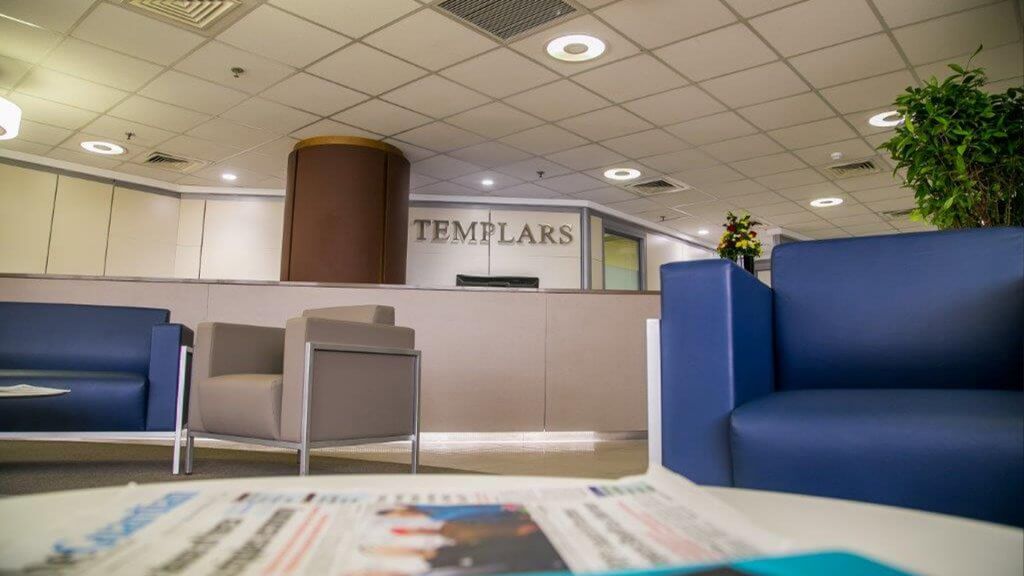
Are you a business owner planning to invest in equipment for efficient service and product delivery to your clients? What plans do you have in place to actualize the dream? It’s important to plan all aspects of the investment, from storage to finances.
‘Failing to plan is planning to fail’ is an adage that’s been used since time immemorial. With this in mind comes the need for financial planning. A budget is one of the solutions to the financial planning of your equipment investment. It guides on the limit of your expenditure on the equipment.
How do you create an effective equipment budget? Here are some of the essentials of the budget:
1. Purchasing Price
As the name suggests, it’s the amount you’ll pay to acquire the equipment. This figure depends on various aspects which you should consider. One is the vendor from whom you’ll buy the equipment. Vendors will sell similar equipment at different prices. Hence, as you budget for equipment, it’d help to compare the prices of several vendors. Seek one with affordable prices.
The other aspect to consider is the model of the equipment you’ll buy. Some models are more expensive than others, often due to the equipment’s features. The more features and technology in place, the higher the purchasing price.
Consider the above aspects as you add the purchasing price to your budget. It’ll ensure you don’t set a small budget to buy your equipment. Suppose you don’t have enough money to meet the equipment’s purchasing costs. Worry not as you can get full service asset financing services. Find the appropriate provider for these services.
2. Fuel Costs
Fuel is a must-have for your equipment after purchasing it. As you add fuel costs to your budget, it’s important to acknowledge that different pieces of equipment use different fuels. Some use petrol while others use diesel. It’s important to know the fuel your equipment will use while budgeting. It’ll help you land averagely accurate figures on fuel expenses. You don’t want to park your vehicle five months into buying it due to a lack of funds to fuel it.
It’d help to find the average costs of your fuel for approximately seven to eight months. You can get this figure by identifying the miles the equipment will cover in a week. Find out how many liters it’ll consume in those miles and multiply the figure by the current price of fuel, whether diesel or fuel. Consider adding a few figures to the final costs to cater to any fuel influx.
3. Labour Costs
Unless you plan to operate your equipment independently, you must add labor costs to your effective equipment budget. These costs will cater to the hiring and training of the equipment operator. It’d help to identify the specific skills you require from the operator and gauge how much such skillsets will cost.
Also, find out the costs of the various training sessions and add them to the labor costs. With the goal being affordability, consider negotiating the salary of the operator. All you need to do is ensure you don’t exceed the labor budget and don’t compromise on quality services for cheap costs.
4. Servicing Costs
While using your equipment, it’ll likely deteriorate and need tuning up. Tuning up ensures the equipment is in optimum condition to meet your needs.
When planning to buy equipment, servicing cost is something most people forget. Yes, you won’t incur these costs instantly, but you will eventually. Hence, include them in your budget. How do you find a close-to-accurate figure for servicing costs?
The servicing needs of a trailer are different from those of an excavator. List the servicing activities of your chosen equipment model. These include filter and oil changes, wheel alignments, and brake inspections.
A mechanic or an online source can provide this information. It’s information most businesses learn about before buying equipment. Therefore, proceed to find out the costs of each activity and sum it all up to get the figure.
5. Repair Costs
Constant use of the equipment upon purchase increases wear and tear. It’s likely to break down here and there and will need repairs. When purchasing equipment, you hope it’ll serve you for the longest time without issues. However, it’s not always the situation on the ground. It’s best to add it to your equipment budget.
Like with servicing costs, find out the common repair needs of your chosen equipment. It’ll help you arrive at a close-to-accurate figure. Since you won’t necessarily do all the repairs as you use the equipment, only add half or three-quarters of the figure you get to your budget. Doing so prevents financial burden.
Conclusion
Creating an effective budget for your equipment isn’t as challenging as you might have imagined. The discussion above proves this.
All you must do is know what you’ll spend on the equipment, from when you buy it to when you dispose of it, should the need arise. The insight herein guides on doing this. Therefore, consider implementing it along the financial aspect of your equipment investment.





















